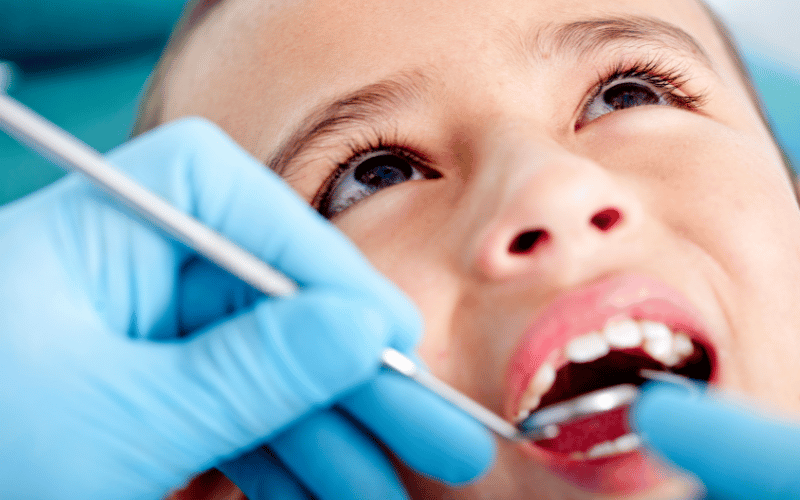Introduction: Navigating Through the World of Eruption Cysts
When it comes to pediatric dentistry, eruption cysts, or eruption hematomas, stand out as a prevalent condition, often surfacing during the pivotal teething phases of children. Characterized by a bluish or purplish hue, these fluid-filled sacs nestle themselves on the gums, heralding the arrival of a new tooth. While they might appear alarming at first glance, it’s crucial to understand that eruption cysts are generally benign and tend to resolve on their own.

Focusing on the affected demographic, these cysts predominantly make their appearance in male children, with a higher incidence noted in the upper front teeth, particularly the incisors and canines. However, they are not exclusive to this area and can occur with any primary or permanent tooth, marking their universality across the dental landscape.
Diving deeper into the causes and contributing factors, the medical community is yet to pinpoint the exact catalyst for eruption cysts. Despite this ambiguity, connections have been made to instances of gum trauma, infections, and even genetic predispositions, painting a broader picture of potential triggers. Additionally, certain developmental conditions have also been thrown into the mix, further emphasizing the necessity of comprehensive dental examinations for affected children.
Identifying eruption cysts calls for a keen eye and attention to the characteristic signs – a bluish or purplish swelling on the gums. Typically, a clinical examination suffices for a diagnosis, though dentists may recommend an X-ray to confirm the presence of a tooth beneath the cyst and rule out other potential issues.
When it comes to treatment, the approach is often conservative, with a watch-and-wait strategy employed. The cysts tend to resolve on their own, clearing the path for the tooth to emerge. However, in cases where the cyst is particularly large or causes significant discomfort, a dentist might opt for a small incision to expedite the eruption process. Over-the-counter pain relief options might also be suggested to ensure the child’s comfort during this period.
Fact 1: What Eruption Cysts Entail

Eruption cysts, also known as eruption hematomas, present a fascinating facet of pediatric dentistry. These fluid-filled sacs make a notable appearance on the gum line, signifying the imminent arrival of a new tooth beneath. Characterized by their bluish or purplish hue, eruption cysts set themselves apart in terms of visual cues. They are soft to the touch and are generally not a cause for concern. It’s a common misconception that these cysts are painful; however, most children experience little to no discomfort.
The nature of eruption cysts is such that they are self-limiting. In layman’s terms, they tend to resolve on their own, making the journey from emergence to resolution a wait-and-watch scenario for both parents and dental professionals. The fluid within these cysts is usually blood or serum, and as the underlying tooth starts to break through the gum line, the cyst gives way, allowing for a natural progression of tooth eruption. This process underscores the resilience of the human body and its capability to manage and resolve minor dental anomalies.
However, that’s not to say that eruption cysts don’t require monitoring. While they are predominantly benign, keeping an eye on their progression is key to ensuring that they resolve as expected. In instances where the cyst grows larger than anticipated or causes visible discomfort to the child, it becomes necessary to consult with a pediatric dentist. This proactive approach ensures that any potential complications are nipped in the bud, safeguarding the child’s oral health.
Understanding eruption cysts also involves acknowledging their unpredictability. They can occur with both primary and permanent teeth, showcasing their versatility in terms of age and tooth type. Their appearance is not bound by specific timelines, making each case unique. Yet, despite their sporadic nature, eruption cysts follow a predictable pattern of emergence, growth, and resolution, providing a sense of reassurance to those navigating through this dental phenomenon.
In conclusion, eruption cysts stand as a testament to the complexity and resilience of oral development in children. Their benign nature, coupled with their self-resolving capabilities, makes them a manageable aspect of pediatric dentistry. Parents and caregivers play a crucial role in monitoring their progression, ensuring that the journey from emergence to resolution is smooth and uncomplicated. (1)